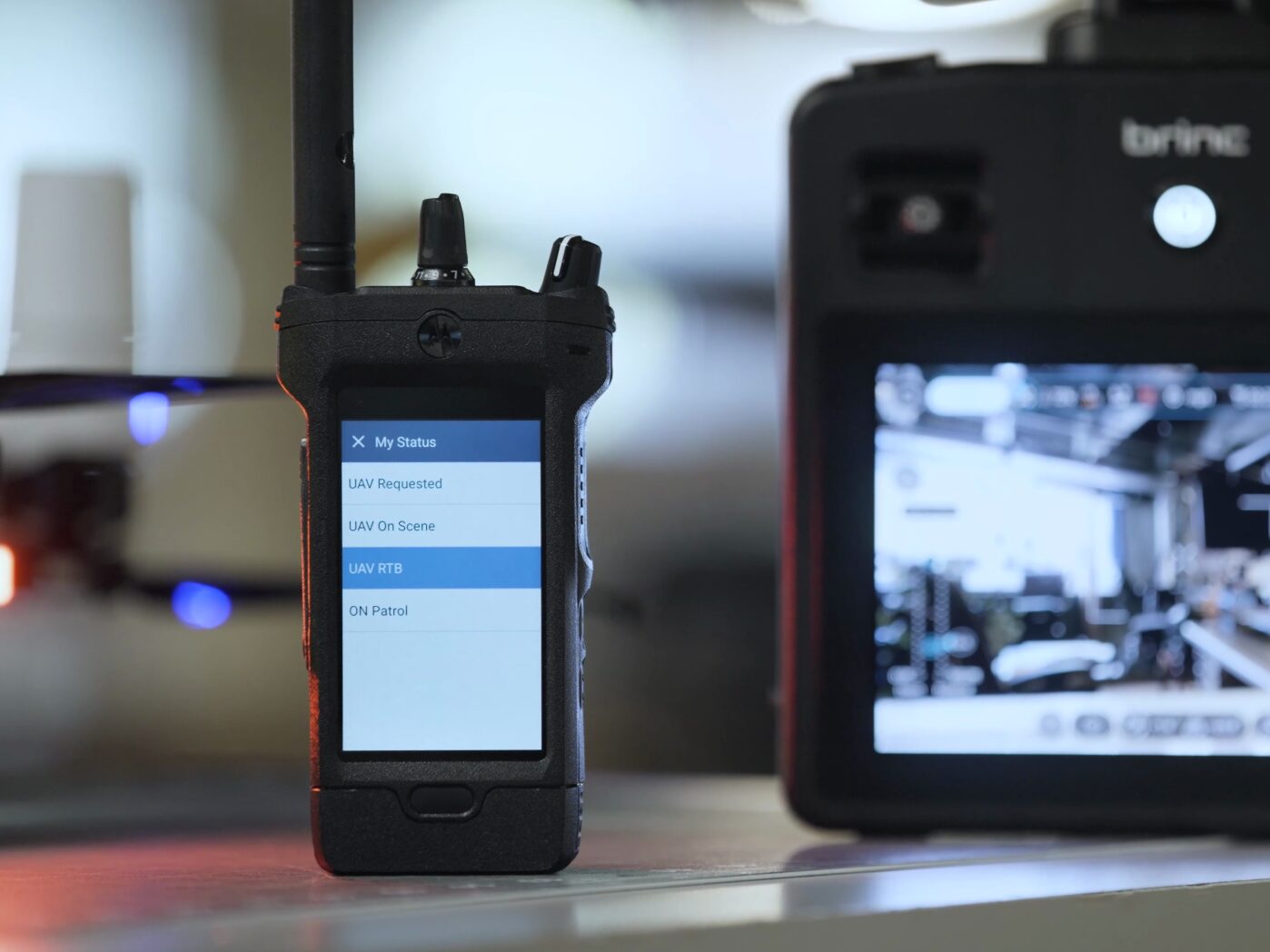Building Redundant DFR Infrastructure
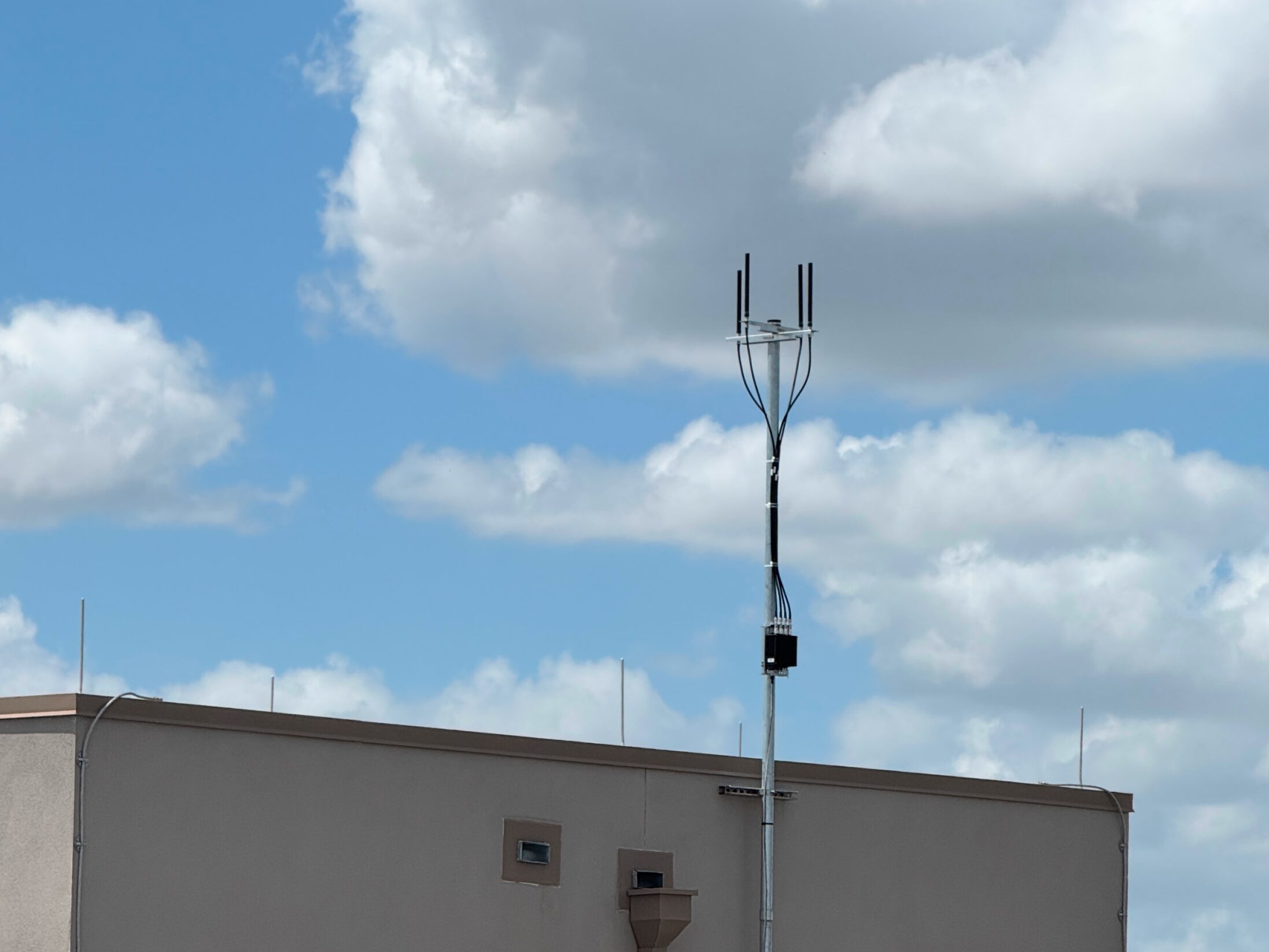
A Strong Foundation for Smarter Emergency Response
Most legacy drone systems in deployment today rely on generic, off-the-shelf platforms with limited connectivity options that restrict their effectiveness in real-world operations. As BRINC has developed and deployed our Drone as First Responder (DFR) solution, we’ve delivered purpose-built systems with redundant communications and scalable connectivity to meet the demands of public safety.
It starts with our drones, which have both a cellular modem and mesh networking antennas. We then work with agencies to introduce and install customized BRINC DFR Infrastructure for added operational redundancy and reliability.
This advanced connectivity and mission-ready design ensure a successful DFR solution with faster response times, stronger communication and safer operations.
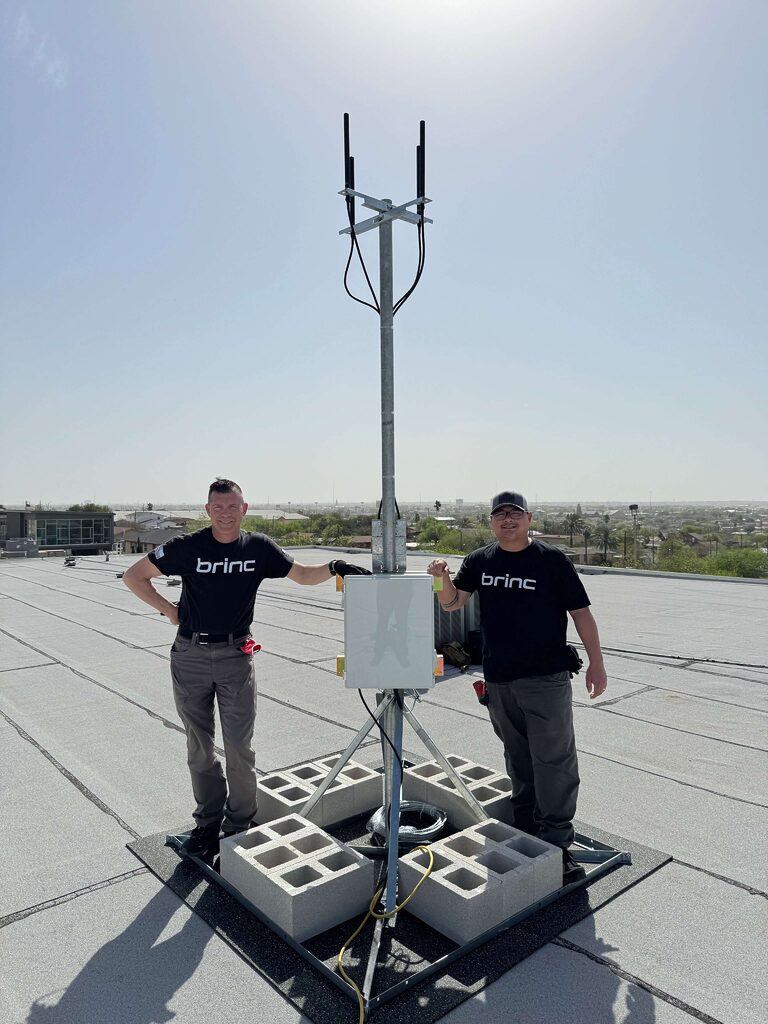
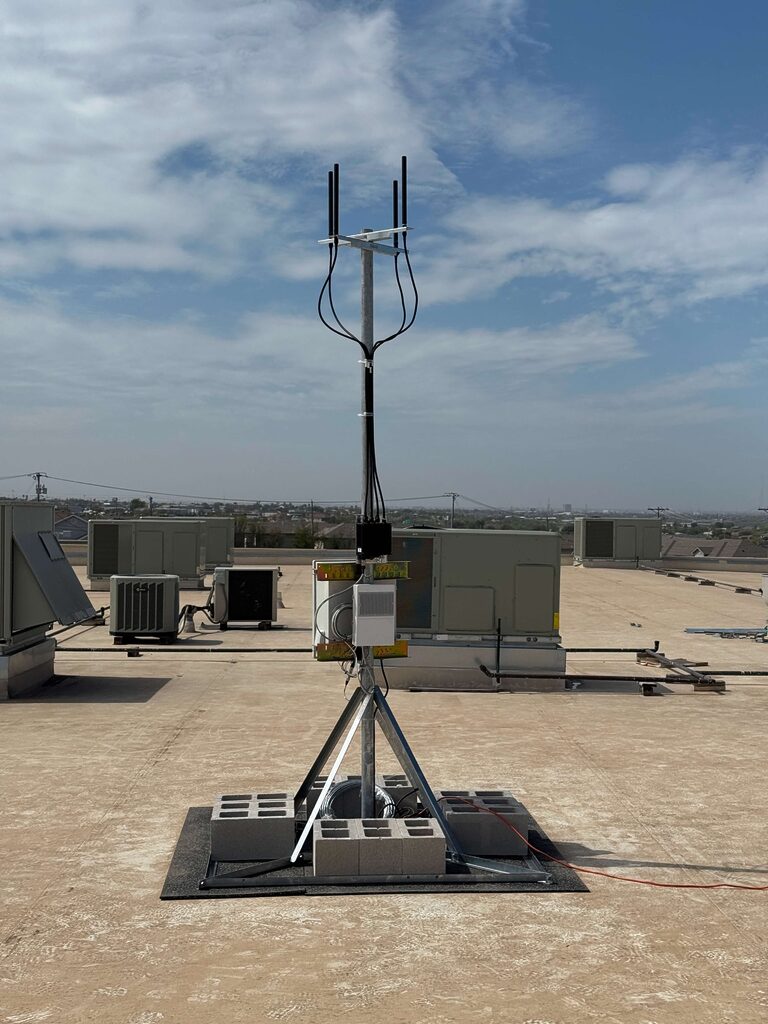
Tailored Solutions for Every Agency
There’s no one-size-fits-all approach to BRINC DFR Infrastructure. Before installation, we conduct a comprehensive planning phase to customize the setup for each jurisdiction.
- Crime Data Analysis – We examine crime trends to determine where drone response is needed most.
- Site Surveys – Our team identifies optimal launch sites and antenna locations.
- Terrain Assessment – We ensure clear lines of sight between antennas and drones, testing for obstacles like trees, buildings, or interference.
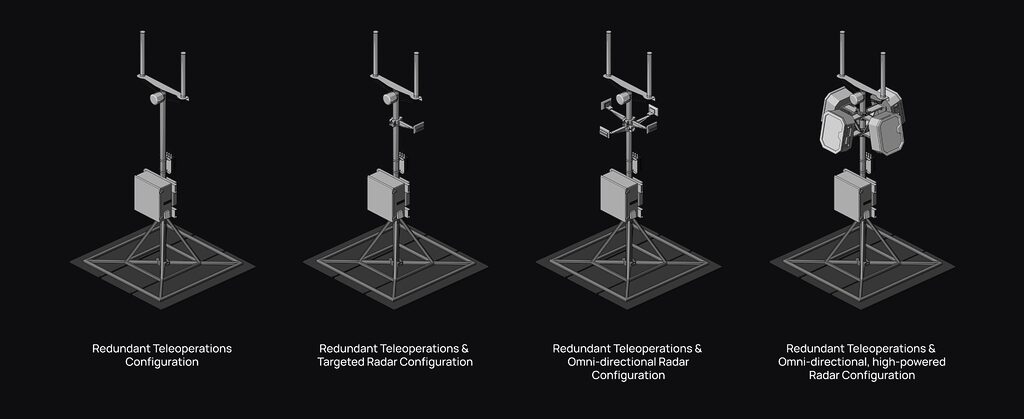
Optimized to Your Needs
Once an ideal setup is determined, antennas are mounted to new or existing poles and connected to power and the internet. While there are currently over 140 possible configurations, agencies (depending on their path towards BVLOS) typically choose between:
- Mesh Node & Radio – The simplest setup for real-time connectivity.
- Mesh Node, Radio & Radar – A more advanced option supporting higher altitude operations.
All configurations require internet, but Starlink-compatible systems are available for areas without direct ethernet access. As for power, all that’s needed is a standard 110V, 15-amp outlet, with an electrical box converting power as needed.
[If you want to learn more about different paths toward BVLOS and the role of radar, read more here.]
Plug & Fly: Easy Installation
Once planning is complete, installation is fast and seamless. If the pole is mounted on a roof, our team works with building managers to ensure proper mounting within safety limits. Most installations take under an hour—then, with power connected, your DFR program is ready to launch.
A Simple Approach to a Complex Solution
DFR programs represent the cutting edge of public safety technology, but implementing them doesn’t have to be complicated. By taking a customized approach—considering terrain, existing infrastructure, crime data, and agency needs—BRINC ensures every system is reliable, redundant, and ready to serve.
With the right infrastructure in place, your drones can respond faster, fly safer, and support your team when it matters most.Interested in learning more about our DFR program? Get in touch with us here.
